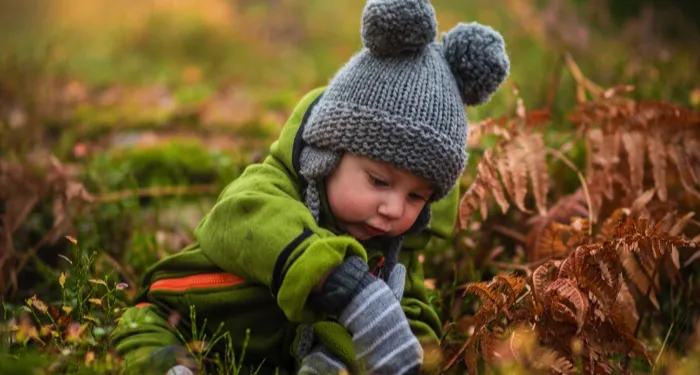
Science and Nature Books for STEM-Loving Littles
This content contains affiliate links. When you buy through these links, we may earn an affiliate commission.
My toddler loves books, and in his preschool enrichment program, two days a week they do STEM activities where they read about STEM topics and do crafts or projects associated with whatever topic they’re working on: sometimes they’ll “dig up” dinos in the sandbox; they’ll create a diorama of the rainforest and talk about the animals that live in it; and other times they’ll draw the levels of the ocean and put stickers of ocean life in the different levels. Regardless of the topic, he always has fun and hopefully learns something in the process.
Kids naturally love learning, if it’s presented to them in an age-appropriate, play-based way. Kids are constantly learning through play, reading, talking—you name it. My son loves books, so it’s also been really nice to find books to have at home that complement whatever he’s doing in preschool. When he recognizes something they did in school, his face lights up because he remembers it from before. (Plus, I admit, I’m learning things, too, which is neat).
I often go on Instagram and search homeschooling tags to look at book piles homeschoolers have, partly because it’s something to which I gravitate, but also because I love looking at so many different curricula and books people find. That’s how I initially found Julia Rothman’s Anatomy books (Food, Nature, and Farm)—it seemed that all the homeschoolers were raving about the books: how gorgeous they were, how interesting and informative they were…and it was true. These books are beautiful and full of great tidbits.
If you’re looking for some science and nature books for your littles, here are some of my favorites.
The Welcome to the Museum books are always full of great information. While this book is geared toward kids ages 8–12, there is also a Junior Edition of this book that’s worth checking out. This book explores space, the planets, the Milky Way, and much more. The artwork is gorgeous and the book is written by an astrophysics professor, so you know you’re in good hands!
I was lucky enough to get an ARC of this one, the latest in Rothman’s Anatomy series. As usual, the book did not disappoint: beautifully done illustrations about the ocean and everything living in it. She explores how oceans were formed, questions about the ocean and its inhabitants, profiles of various animals, and how pollution and the climate crisis impact the ocean and the living things in it.
Zommer has a whole series of Big Books, and this one about bugs is a fun addition to any child’s library. The illustrations are fabulous and the book is jam-packed with information about any kind of bug you could think of. The information is presented in a visual way that’s easy to understand, and kids will love poring over the drawings after they learn about the bugs. There’s even a companion book, The Big Sticker Book of Bugs, for your sticker-loving littles.
I am a big fan of the National Parks, so when I found this book, I was super excited. Twenty-one parks are portrayed in this book, and the books and illustrations provide some information about each park and its wildlife and unique elements. An accompanying Activity Book will be published in April, to complement this book.
What better way to learn about nature than to get out there and explore? This book helps you do just that, as a nature scrapbook and informative guide full of facts about insects, animals, plants, and much more! It has space for you to document what you see and attach your own nature findings, as well as instructions for activities like making daisy chains and leaf prints.
This is the perfect book for days spent indoors (or any day, really). This inventive book will allow you and your littles to do science experiments of your own, using everyday things from around the house! Each experiment also clearly explains the reasons for the reactions and what goes on at each stage. There are also suggestions for questions you can ask to stimulate discussion and critical thinking.
Looking for more? Check out these books for kids about nature or science.
 Planetarium: Welcome to the Museum by Raman Prinja and Chris Wormell
Planetarium: Welcome to the Museum by Raman Prinja and Chris Wormell
The Welcome to the Museum books are always full of great information. While this book is geared toward kids ages 8–12, there is also a Junior Edition of this book that’s worth checking out. This book explores space, the planets, the Milky Way, and much more. The artwork is gorgeous and the book is written by an astrophysics professor, so you know you’re in good hands!
 Ocean Anatomy: The Curious Parts and Pieces of the world under the sea by Julia Rothman (April 28)
Ocean Anatomy: The Curious Parts and Pieces of the world under the sea by Julia Rothman (April 28)
I was lucky enough to get an ARC of this one, the latest in Rothman’s Anatomy series. As usual, the book did not disappoint: beautifully done illustrations about the ocean and everything living in it. She explores how oceans were formed, questions about the ocean and its inhabitants, profiles of various animals, and how pollution and the climate crisis impact the ocean and the living things in it.
 The Big Book of Bugs by Yuval Zommer
The Big Book of Bugs by Yuval Zommer
Zommer has a whole series of Big Books, and this one about bugs is a fun addition to any child’s library. The illustrations are fabulous and the book is jam-packed with information about any kind of bug you could think of. The information is presented in a visual way that’s easy to understand, and kids will love poring over the drawings after they learn about the bugs. There’s even a companion book, The Big Sticker Book of Bugs, for your sticker-loving littles.
 National Parks of the USA by Kate Siber and Chris Turnham
National Parks of the USA by Kate Siber and Chris Turnham
I am a big fan of the National Parks, so when I found this book, I was super excited. Twenty-one parks are portrayed in this book, and the books and illustrations provide some information about each park and its wildlife and unique elements. An accompanying Activity Book will be published in April, to complement this book.
 Hello Nature: Draw, Color, Make, and Grow by Nina Chakrabarti
Hello Nature: Draw, Color, Make, and Grow by Nina Chakrabarti
What better way to learn about nature than to get out there and explore? This book helps you do just that, as a nature scrapbook and informative guide full of facts about insects, animals, plants, and much more! It has space for you to document what you see and attach your own nature findings, as well as instructions for activities like making daisy chains and leaf prints.
 Mr. Shaha’s Recipes for Wonder: Adventures in Science Round the Kitchen Table by Alom Shaha and Emily Robertson
Mr. Shaha’s Recipes for Wonder: Adventures in Science Round the Kitchen Table by Alom Shaha and Emily Robertson
This is the perfect book for days spent indoors (or any day, really). This inventive book will allow you and your littles to do science experiments of your own, using everyday things from around the house! Each experiment also clearly explains the reasons for the reactions and what goes on at each stage. There are also suggestions for questions you can ask to stimulate discussion and critical thinking.
Looking for more? Check out these books for kids about nature or science.



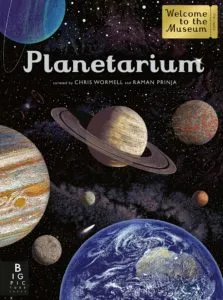 Planetarium: Welcome to the Museum
Planetarium: Welcome to the Museum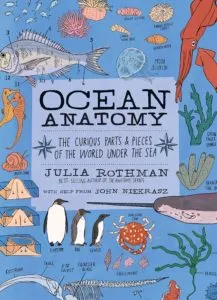 Ocean Anatomy: The Curious Parts and Pieces of the world under the sea
Ocean Anatomy: The Curious Parts and Pieces of the world under the sea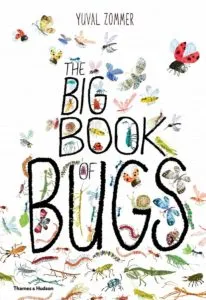 The Big Book of Bugs
The Big Book of Bugs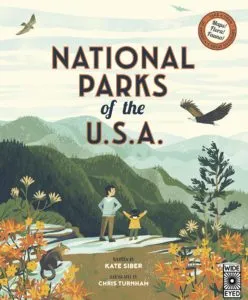 National Parks of the USA
National Parks of the USA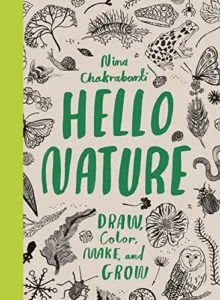 Hello Nature: Draw, Color, Make, and Grow
Hello Nature: Draw, Color, Make, and Grow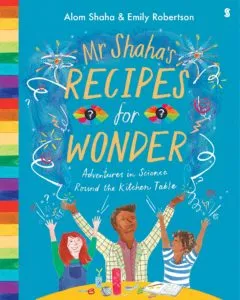 Mr. Shaha’s Recipes for Wonder: Adventures in Science Round the Kitchen Table
Mr. Shaha’s Recipes for Wonder: Adventures in Science Round the Kitchen Table







